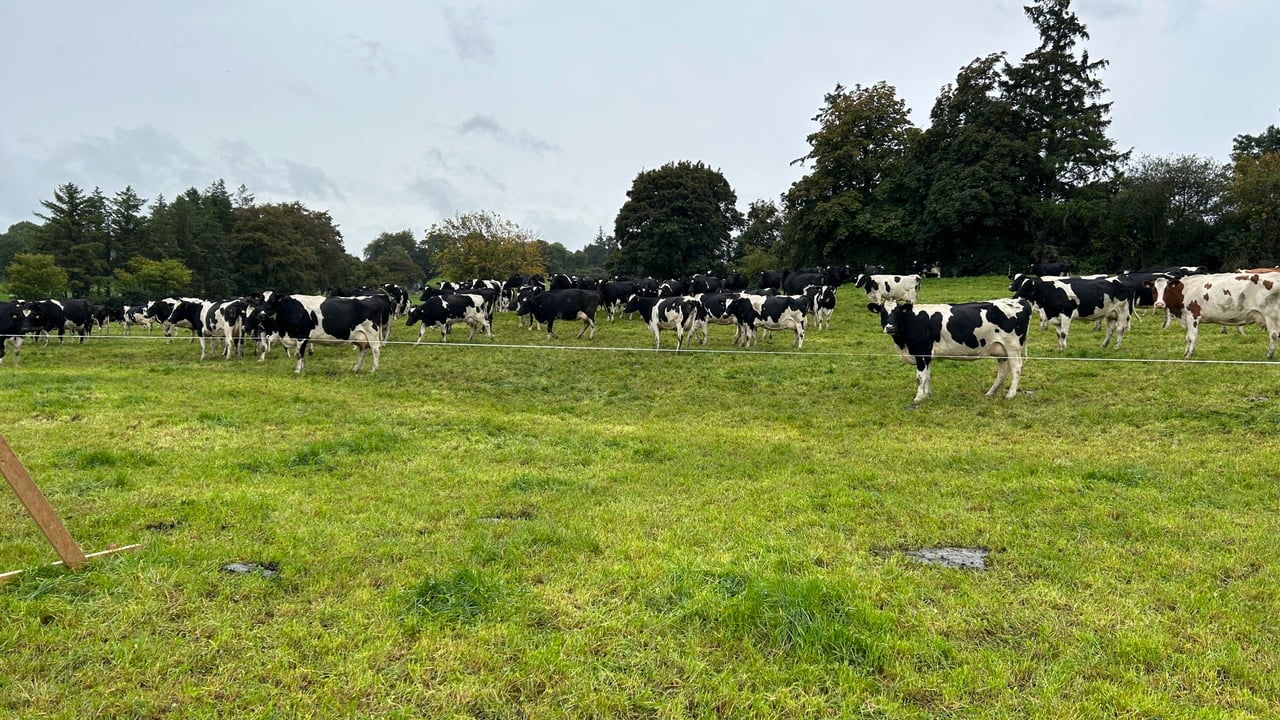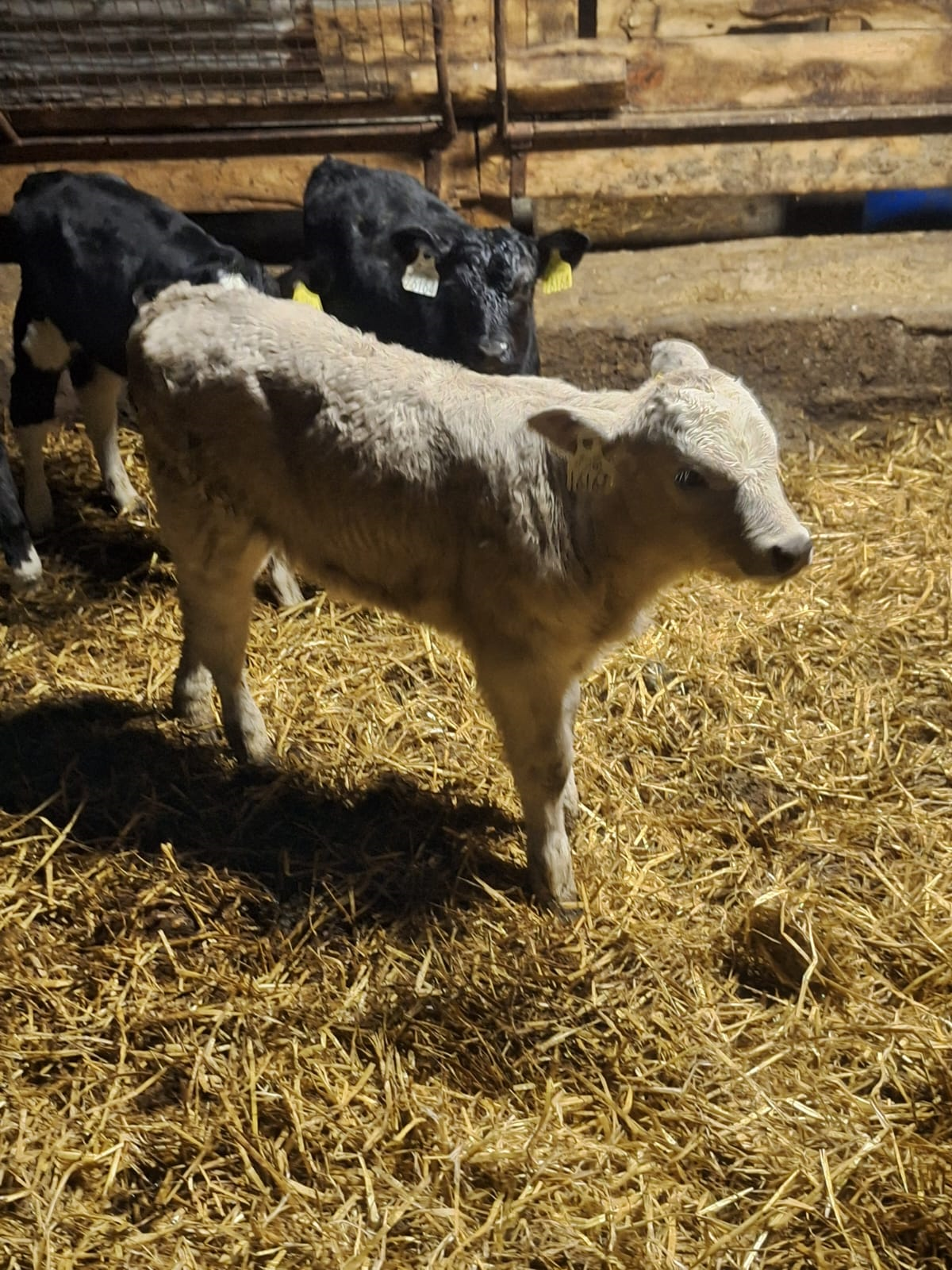Dairy Beef Index Series


Spring Calf Series: Beef sire selection on dairy farms
The Agriland Spring Calf Series is in association with Teagasc DairyBeef 500
The focus is now increasingly turning to the breeding season on spring-calving dairy farms and in recent years, there has been a growing emphasis on producing calves with higher Commercial Beef Values (CBVs) and a higher genetic beef potential.
With this in mind, Teagasc DairyBeef500 programme advisors Fergal Maguire and Gordon Peppard caught up with two dairy farmers located in counties Tipperary and Meath to hear their beef sire selection plans for the upcoming breeding season.
Both these farmers will be using continental-breed beef sires on their suitable dairy cows.
The two farmers are:
- John and Brendan Walsh, Ballylooby, Co. Tipperary;
- Declan and Matthew Mullen, Kells, Co. Meath.
Sires such as Charolais, Belgian Blue and Aubrac are being used on these farms with high demand seen for these types of calves this year.
Dairy and beef farming outside of Ballylooby in South Tipperary, John and Brendan Walsh are coming towards the end of their calving season with only five cows left to calve.
With only a week or so left to go in the 2025 calving season, Gordon Peppard caught up with John and Brendan last Thursday afternoon to see how the calving season went and how bulls they picked last year worked out when it came to calving this spring.
The duo are calving down almost 180 dairy cows this spring and plan to milk just over 165 cows for the rest of the year.
Last spring the Walsh’s picked out the cows and heifers that they wanted to breed for replacement stock and these were bred predominantly in the first three weeks of the breeding season to Friesian AI sires.
During the first week of the breeding season some of the cows that came bulling that weren’t going to be bred to Friesian were given a Charolais (CH) AI straw.
These cows were selected on their suitability to take a Charolais AI straw based on their size, height etc. The Walsh’s used two Charolais bulls, both with a good beef sub index and carcass weight figures on the dairy beef index.
John and Brendan Walsh:

They find that these bulls can extend the gestation slightly and only use them very early in the breeding season for this reason.
They now have a preference for one of these CH bulls over the other, as the calves look better, appear to be hardier and give no trouble after calving down.
With the year that is in it, there was no problem moving these animals and these calves were all easily sold off farm and supplemented the dairy business income nicely.
All the Charolais calves were either four or five star on the Commercial Beef Value (CBV).
To help with the slight gestation length issue, Brendan suggested that for this breeding season if there are suitable cows bulling in the week or two prior to the expected start of the breeding season they could use this CH bull and cows would calve down in late January/February period as normal.
With Angus used on heifers, continental AI straws are only used on mature cows, and the selection of these cows is based on their size, height and pelvic ability to calve a slightly bigger calf.
John outlined that they used a wide range of bulls and as he likes to keep a number for finishing himself.
He said he is fond of the Aubrac and finds they finish very well with good weights and conformations at under 24 months of age.
There were three Aubrac sires used with beef sub-indexes ranging from 120 to 161 and carcass weights from 10 to 22kgs.
These calves are still on the farm and are looking very well, even at a couple of weeks of age, you can already see the quality and potential of these calves. There are currently 29 Aubrac calves on the farm, 16, have a five star CBV rating, nine are four star and there are four, three star animals.
John and Brendan also used four Aberdeen Angus bulls, these had carcass weight trait values ranging from 3 to 12kgs and beef sub-indexes from 90 to 118.
Ideally for AA sires a target of 10kgs+ on the carcass weight is preferable to produce calves with above average commercial beef values.
Key messages taken from the Walsh’s breeding season:
- Longer gestation length continental sires may be used earlier in the breeding season;
- Select calving difficulty levels that you are happy with;
- Match bulls selected based on cow or heifer, cow size, height and pelvic width;
- Higher beef sub index and carcass weight traits on the Dairy Beef Index will be required to be used on cows with poorer beef sub index figures to produce above average CBV calves.
Although decent quality AA bulls were used, interestingly the CBV’s of the AA sired calves ranged from two star to five star. Delving a bit deeper into the reasons for the lower star rated calves, it is obvious that the cow is also a significant factor to the quality of calf produced.
Where two star CBV animals were produced, it is notable that the beef sub index of the cow is a strong minus figure going down to -60.
This time last year, the Teagasc DairyBeef500 team sat down with Declan and Matthew Mullen to select beef bulls for the 2024 breeding season.
Now that over 70% of the herd has calved, it's a good time to evaluate how using high-quality beef bulls impacted their calving season.
To recap, the Mullen family farms 158Ha of good, free-draining land outside Kells in Co. Meath.
In 2024, they milked an average of 340 cows on a 70-hectare milking platform. They are currently a monitor farm with the Teagasc/Tirlan programme and work closely with programme advisor Sandra Hayes and local dairy advisor Vincent Tracey.
The herd follows a split-calving system, with approximately 120 cows calving in the autumn—a system that’s not uncommon in this part of the country.
Dairy-beef calves on the farm of Declan and Matthew Mullen:

One issue Matthew encountered was sourcing the bulls originally selected.
When choosing bulls from the ICBF Active Bull List, only bulls marked as "highly available" were selected. However, when Matthew contacted his local AI agent, some of those bulls had sold out or become unavailable for various reasons. Fortunately, the AI agent recommended bulls with similar high beef traits as alternatives.
The Mullens experienced no major issues with difficult calving’s, with only a small number requiring assistance.
The bull with the highest recorded calving difficulty was a Belgian Blue at 6.1%, but he was only used on bigger, more mature cows, meaning very few needed assistance.
Cow type seemed to have a greater impact on whether assistance was required, as some bulls with lower calving difficulty figures actually had more assisted births. Calving difficulty for the bulls selected ranged from 2.5% for second calvers to 6.1% for older stronger cows.
Increased gestation length was not a major issue on the farm, as longer-gestation bulls were used earlier in the breeding season, while shorter-gestation bulls were introduced as the season progressed.
“I found that that the AI Charolais bull worked very well. His calves were very easy to calve, and you had a real stylish calf on the ground that was very saleable.”
"This Charolais bull was 4.5% calving difficulty with a beef sub index of €167," Matthew said.
By being more selective when choosing their beef bulls, the average CBV (Commercial Beef Value) of this year’s calf crop is expected to be €118 (4-star), which is a very high average.
CBV values ranged from €76 (3-star) for an Angus calf out of a heifer to €171 (5-star) for a Charolais calf.
The beef sub index of the bulls used on cows in 24 ranged from €98 to €167, this is what drives high CBV in calves.
Due to the buoyant calf market in 2025, calf prices are well up compared to other years. While Matthew has not sold a large number of calves yet, those that have been sold have made good money.
Matthew believes there is a strong correlation between higher CBV calves and marketability. “You can see that the calf from the better beef bull has a bit more shape and size than the calves from bulls with lower beef traits.
"I believe this will translate into better prices for these calves.
“Going forward, I will continue to pay more attention to the beef traits of the bulls when sourcing AI straws. You’re producing a good, saleable calf without any extra work or hassle," he added.